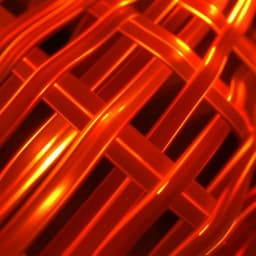
Medicine and Health
Microneedle array facilitates hepatic sinusoid construction in a large-scale liver-acinus-chip microsystem
S. Li, C. Li, et al.
This groundbreaking research reveals how hepatic sinusoids can be efficiently constructed in a large-scale liver-acinus-chip microsystem using a microneedle array. Conducted by Shibo Li, Chengpan Li, Muhammad Imran Khan, Jing Liu, Zhengdi Shi, Dayong Gao, Bensheng Qiu, and Weiping Ding, this study highlights significant improvements in interstitial flow, cell viability, and hepatocyte metabolism, paving the way for innovative drug testing applications.
~3 min • Beginner • English
Related Publications
Explore these studies to deepen your understanding of the subject.







